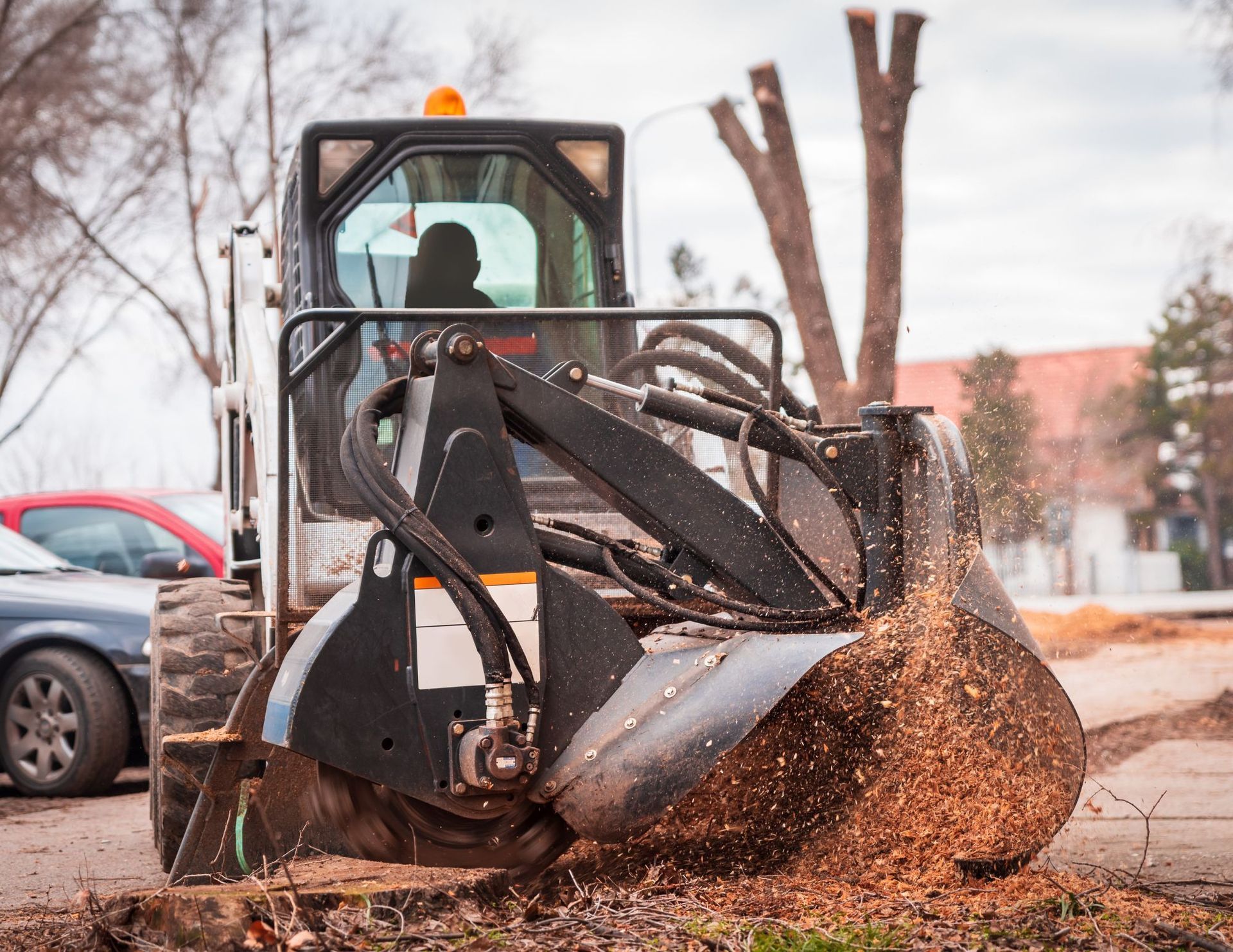Benefits of Tree Removal

When it comes to landscaping and property management, the focus is often on planting and nurturing trees. However, there are instances where tree removal becomes a necessary step. While it may seem counterintuitive, removing a tree from your property can bring about a range of benefits. In this blog post, we will explore some of the hidden advantages of tree removal, from improving safety to enhancing your property’s aesthetics and functionality.
Enhanced Safety:
One of the primary reasons for tree removal is safety. Trees that are diseased, damaged, or weakened by storms pose a significant risk. Their branches or even the entire tree can fall unexpectedly, jeopardizing the safety of your family, visitors, and nearby structures. By proactively removing such trees, you minimize the chances of accidents, ensuring a secure environment for everyone.
Property Protection:
Overgrown or unruly trees can pose a threat to your property. The expansive root systems of some trees can invade underground utilities, such as water pipes, sewer lines, or even your home’s foundation. As roots grow, they exert pressure, causing cracks and structural damage. Removing problematic trees helps preserve the integrity of your property’s infrastructure, preventing costly repairs down the line.
Improved Aesthetics:
While trees contribute to the beauty of your landscape, there are instances where their presence may hinder the overall aesthetics. Diseased or dying trees can create an unappealing focal point, detracting from the visual appeal of your property. Removing these eyesores opens up new possibilities for landscaping, allowing you to redesign the area and create a visually pleasing environment.
Increased Sunlight and Airflow:
Large, dense trees can cast extensive shade over your property, limiting sunlight and obstructing airflow. This can have adverse effects on both plants and structures. By removing certain trees strategically, you can improve natural light penetration, promoting healthier growth for other plants and reducing moisture buildup. Additionally, increased airflow can help prevent the development of mold and mildew on buildings.
Expansion and Space Utilization:
Removing a tree can provide you with additional space on your property. This newfound space can be utilized in numerous ways, such as building an extension to your home, constructing a new outdoor living area, or even expanding your garden. The removal of trees opens up possibilities for creativity and allows you to maximize the functional potential of your property.
Pest Prevention:
Certain trees are more prone to attracting pests, including insects and rodents. Dead or decaying trees are particularly attractive to pests, serving as a breeding ground and a source of food. By removing such trees, you eliminate a potential habitat for pests, reducing the risk of infestations and the associated damage they can cause.
Environmental Benefits:
While tree removal may seem contradictory to environmental preservation, there are cases where it can be beneficial. Invasive tree species that crowd out native vegetation and disrupt the ecosystem can be removed to restore balance. Additionally, the wood from removed trees can be repurposed or recycled, minimizing waste and promoting sustainability.
Conclusion:
While the value of trees in our ecosystem cannot be overstated, there are situations where tree removal becomes a necessary step. From ensuring safety and protecting your property to enhancing aesthetics and functionality, the benefits of tree removal are numerous. By carefully considering the condition and impact of trees on your property, you can make informed decisions that contribute to the overall well-being of your landscape and create a safer, more enjoyable environment for everyone.

